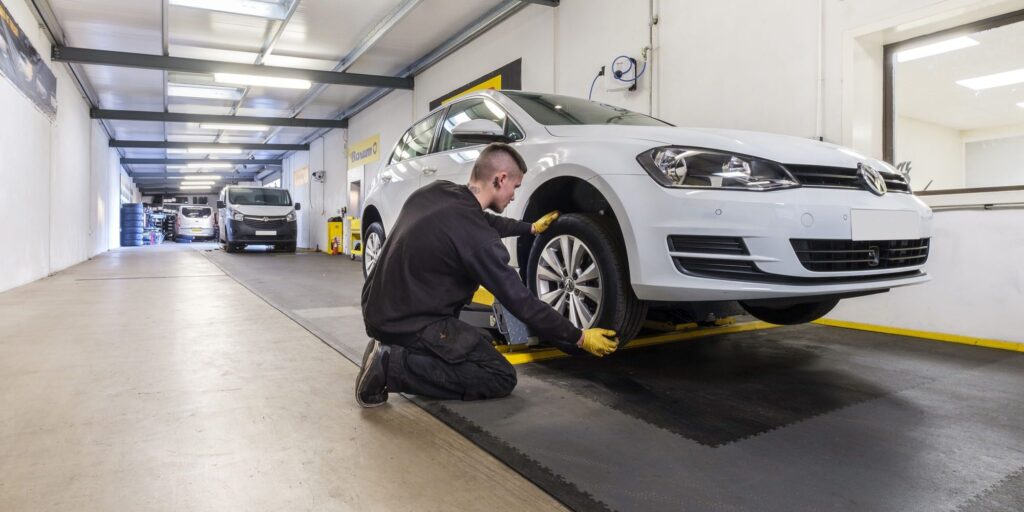
Many people prefer to buy a used car over a brand-new vehicle, and this can no doubt offer a wealth of benefits. However, if you have been feeling unsure about how to start, we’ve outlined some of the most crucial things you should check as part of your pre-purchase analysis to ensure that you have found the right model for your needs.
Table of Contents
Pre-Buying Checks for Your Vehicle Purchase
Car scams are getting ever more prevalent. Thus, we cannot stress the importance of checking your second-hand vehicle purchase thoroughly before handing over any cash.
#1 Is the Car Genuine?

Source: peppermoney.com.au
Before going any further, running checks to ensure the vehicle is genuine is vital. Often, this is easy to overlook, especially when you’ve found the ideal car; however, don’t skip this step, as it could leave you thousands out of pocket.
Naturally, you should always view the model in person before paying for it. In addition, make sure you run a car check before you hand over any money; this can help highlight a wealth of valuable information, such as the car’s VIN number, number of past owners, MOT history and mileage data records, stolen or write-off status, and so on.
#2 Does the Car Meet Your Requirements?
Everyone’s requirements from the ideal car will differ – and, in line with this thought, considering carefully whether a vehicle will match what you need is vital. As such, clearly note down your requirements – ideally in terms of must-haves and ideal features – to help make sure that your chosen model will be right.
#3 Do the Photos Match the Actual Vehicle?

Source: autoexpress.co.uk
It’s surprisingly easy for an individual to touch up photos to make a damaged or dented vehicle look better than it actually is. In line with this thought, when viewing the vehicle in person, try to scrutinise closely whether the photos you were originally provided look like the same car “in the flesh.”
#4 Check the Engine, Bodywork, and Tyres

Source: hunterslinlithgow.co.uk
When checking the vehicle, inspecting the bodywork and tyres is highly important to know what you’re buying. The tyres themselves are relatively self-explanatory; make sure that there are no visible signs of damage or worn tread (and if there are, take this into account when making an offer, as these will likely need replacement).
The next obvious thing to check is the bodywork and internals within the car itself. Some of the main things you’ll want to watch for here include scratches, dents, misaligned or non-flush panels, chipped or cracked glass, stained/torn upholstery, and so on. Identifying any issues such as these can help give a clear insight into the care of the car during its life.
Finally, don’t forget to look under the bonnet to make sure the engine is in good condition and to ensure that the fluid levels are where you expect them to be. While these can always be topped up if they’re low, this could indicate that the seller hasn’t taken good care of the vehicle.
Do Not Take the Risk When Purchasing a Second-Hand Vehicle
Buying used cars might be a great way to save money, but it can increase the risk of getting caught out by scammers significantly. With this thought in mind, we strongly recommend keeping today’s key tips in mind to help you determine whether a vehicle is genuine. Remember to always run the registration through a car checker tool prior to the purchase.







